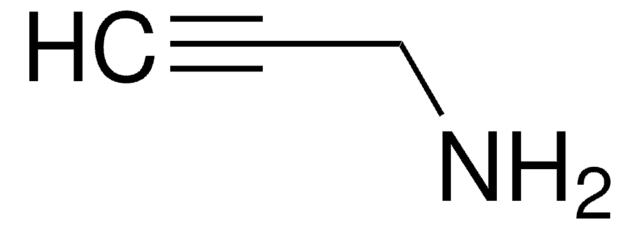L8039
Lipoprotein, high density from human plasma
≥95% (SDS-PAGE), solution
Sinónimos:
α-Lipoprotein, HDL, High density lipoprotein
About This Item
Productos recomendados
biological source
human plasma
Quality Level
assay
≥95% (SDS-PAGE)
form
solution
packaging
vial of 10 mg protein
technique(s)
cell culture | mammalian: suitable
functional group
ester
phospholipid
shipped in
wet ice
storage temp.
2-8°C
Gene Information
human ... APOB(338) , APOC2(344) , APOE(348)
¿Está buscando productos similares? Visita Guía de comparación de productos
Biochem/physiol Actions
HDL is used in cardiovascular research and the development of potential therapeutic approaches to cardiovascular risk management.
Physical form
Other Notes
Disclaimer
Storage Class
10 - Combustible liquids
wgk_germany
WGK 2
flash_point_f
Not applicable
flash_point_c
Not applicable
ppe
Eyeshields, Gloves, multi-purpose combination respirator cartridge (US)
Certificados de análisis (COA)
Busque Certificados de análisis (COA) introduciendo el número de lote del producto. Los números de lote se encuentran en la etiqueta del producto después de las palabras «Lot» o «Batch»
¿Ya tiene este producto?
Encuentre la documentación para los productos que ha comprado recientemente en la Biblioteca de documentos.
Artículos
Since cholesterol is a water-insoluble molecule it must be packaged for transport within the plasma. The particles that package cholesterol, cholesteryl esters, and triglycerides for transport, are called lipoproteins.
The potential for the prevention and treatment of cardiovascular disease through increased dietary intake of omega-3 (w-3) fish oils is not a recent scientific discovery.
Nuestro equipo de científicos tiene experiencia en todas las áreas de investigación: Ciencias de la vida, Ciencia de los materiales, Síntesis química, Cromatografía, Analítica y muchas otras.
Póngase en contacto con el Servicio técnico








